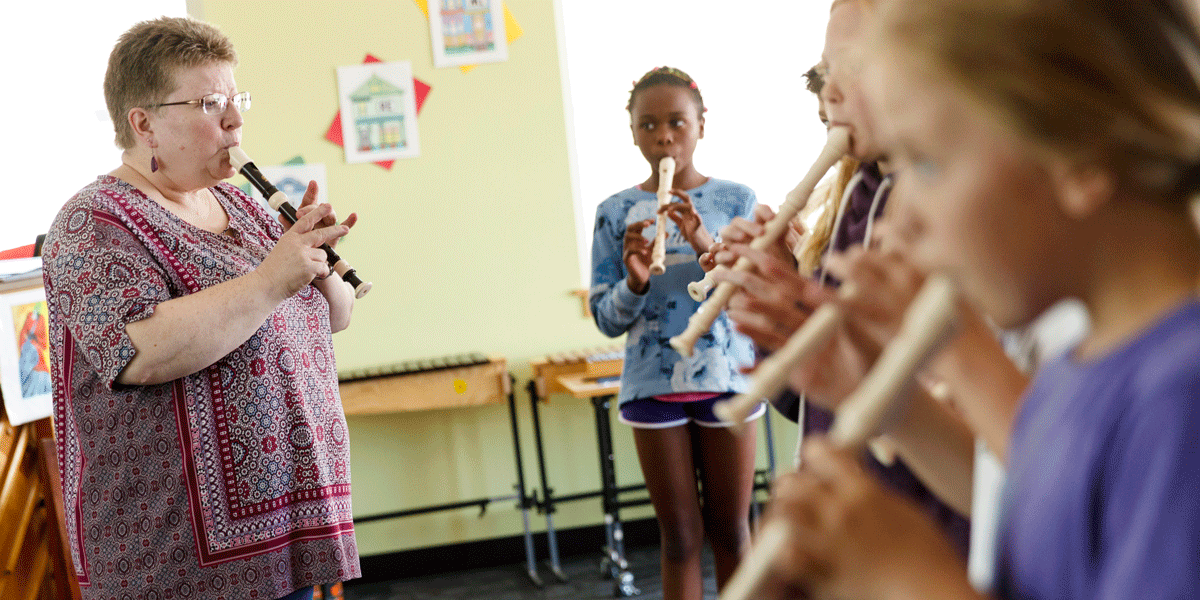A recent cover of The New York Times Magazine featured a splendid portrait of the fiery colors of the male bowerbird, which Ferris Jobr explains in his article is the impetus for much discussion by scientists concerning how they continue to think about evolution. What is Beauty For? Jobr asks in his title, if there is evidence of aesthetic considerations beyond scientific practicality. He calls the flame bowerbird “a creature of incandescent beauty,” even though, beyond attracting a mate, this effusion of color hinders his survival by rendering him more vulnerable to predators. Gesamtkunstwerk is the concept upheld by composer Richard Wagner, Jobr further explains, to define a total work of art which blends a number of forms and stimulates all the senses, and he makes a clear case for the idea of art and design being part of a greater evolutionary plan in the natural world.
I may not always be willing to sit through a complete performance of The Ring Trilogy, but in solidarity with Wagner, I adore this notion of art that challenges all of our senses and urges students to develop a vocabulary to speak effectively and genuinely about an artistic experience. Shortly after winter break, two Lower School art teachers at Colorado Academy—Brenda Bartel from Music, and Stashia Taylor from Visual Arts—happened to be in my office at the same time. As always, much conversation ensued. They were discussing the shift that our younger students are called upon to make, in order to process an aesthetic observation. My music teacher talked about children describing a piece of music with words such as “elegant” and “lofty,” while my art teacher told students they needed to use more concrete and specific words and struggle with how to show an emotion through an image that is faithful to the feeling, and not fabricated for the assignment. They are also told that they may not know what that is right away, that it is often a long process from thought to truth, and don’t we as adults know that to be all too true! Articulation of what you see often calls for a different set of descriptors from the words you may use to express what it is you cannot help but hear.
What is interesting to me is that in listening to their discussion, I realized the many shifts in artistic communication that are inherent in all arts education. We urge students to use all their senses to come up with a composite that is powerful and authentic about any given experience. In a recent rehearsal for the Upper School dance performance on February 8 and 9, In Concert ’19, I watched students fully engage in teacher Rowen Salem’s new work of choreography, The Butterfly Effect. Scientifically inspired, dancers fully morph as vessels of art for the insect world, and yet the beauty of the movement, the abstract model, goes beyond explaining this phenomenon. It is an example of conceptual art through the practice of dance. Like the bowerbird, the dancers suggest an appreciation for beauty in and of itself. We know that dance can incite deep feelings. It can inspire and excite. It may be didactic or even disturbing. In this work, beyond any other meaning an audience might and should discover, there is a vision of natural beauty, as with the bowerbird, which can be enjoyed as is, free from the lacquer of expectation.
Beyond the scope of the idea of Art for Art’s sake, our students engage in STEAM activities, which promote an education in art connected to the logic of the world, but particular to its aesthetic graces. They learn that utility is a rule meant to be disrupted, to be absorbed in color, line, shape, movement, and music, and that beauty is seen and created in many non-traditional forms that include the education of their hearts, brains, souls, and the fibers of their skin. The possibilities have no end, and it’s okay that it is beyond our practical understanding. It is enough that we are open to the experience, open to the possibility of Jobr’s incandescent beauty, and that we are the richer for seeing, hearing, and knowing. That beauty lies within, Plato tells us, “has ever been a mysterious power.”
